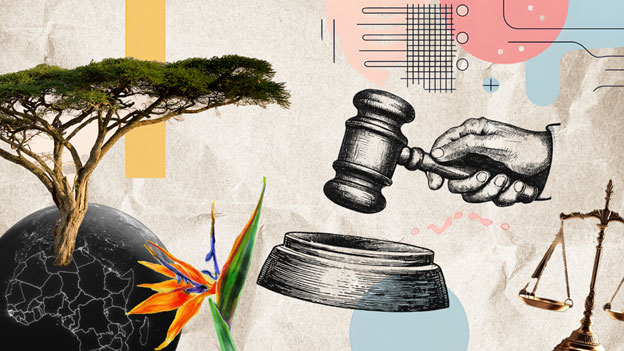UNITED NATIONS, Jan 13 (IPS) – Nature is taking the stand as courtrooms worldwide become battlegrounds for Earth’s rights. The rise in climate litigation shows how the environment can take centre stage as a plaintiff, demanding justice and accountability, benefiting us all.
On 23 October 2024, India’s Supreme Court declared a pollution-free environment a fundamental right, underscoring the government’s duty to provide clean air and water. In April 2024, the European Court of Human Rights ruled against the Swiss State for inadequate climate action, affirming climate change as a human rights issue.
Since 2017, climate change court cases have surged, particularly in the US, but increasingly worldwide. Cases tripled from 884 in 2017 to 2,540 in 2023, with about 17 percent now occurring in developing countries, including small island developing states. The legal landscape is evolving, with significant rulings in Asia and the Pacific driving change. This is an area where UNDP is providing crucial support.

Early and groundbreaking work
For an example of climate justice pioneering, we can turn to 2010 to India’s National Green Tribunal and the Philippines’ Writ of Kalikasan (Kalikasan means Nature in Filipino language). This unique legal instrument – whose design was supported by UNDP – enables citizens to protect environmental rights by filing swift, accessible court petitions addressing ecological damages affecting multiple regions.
…




